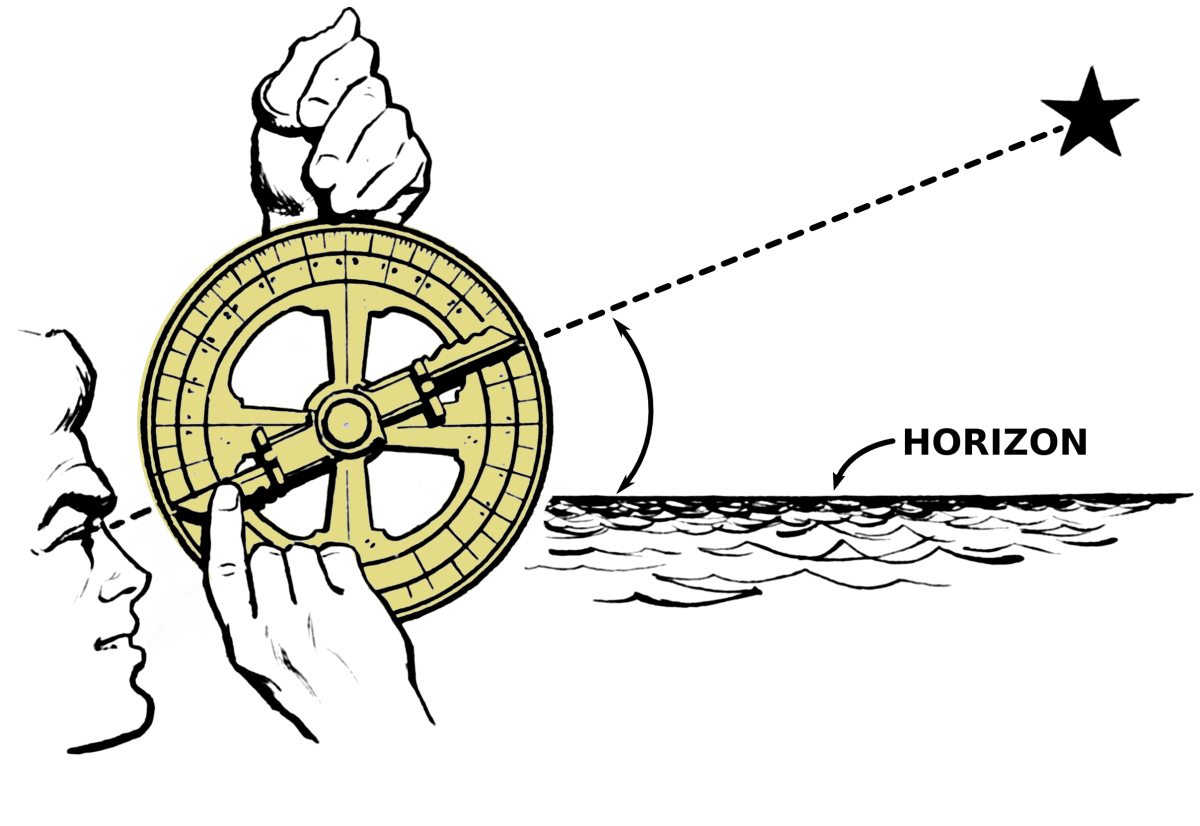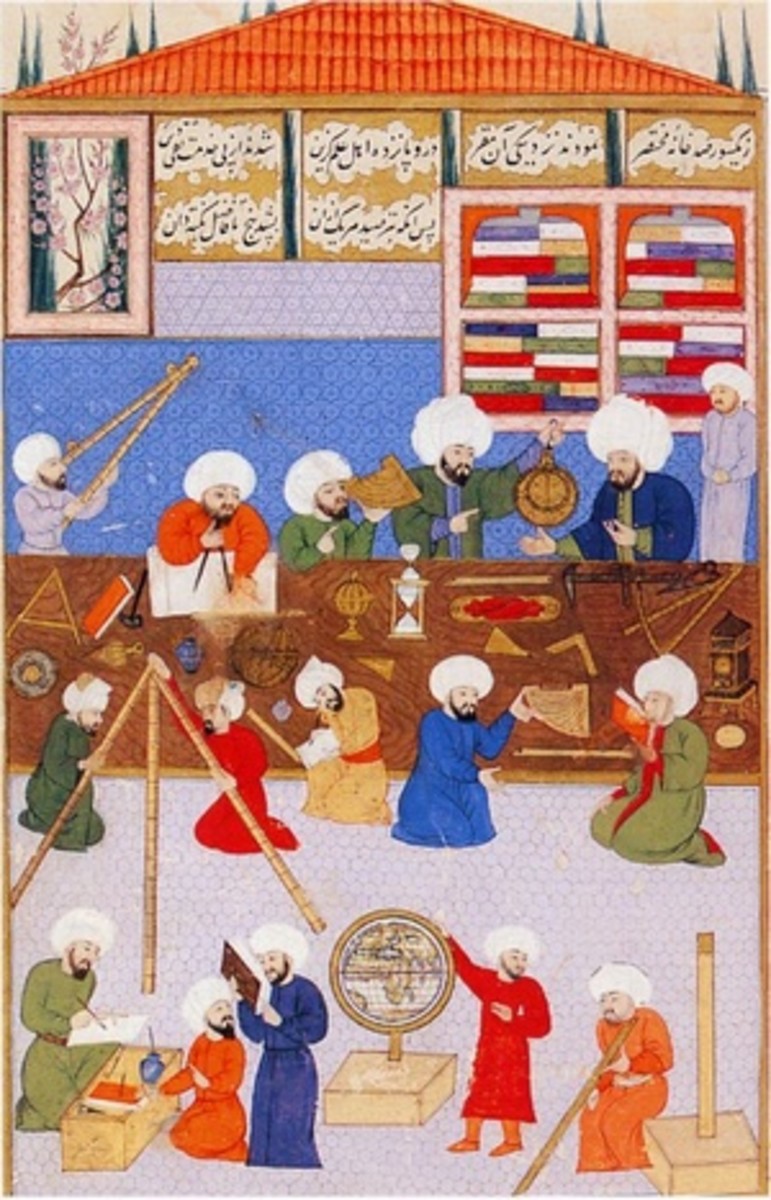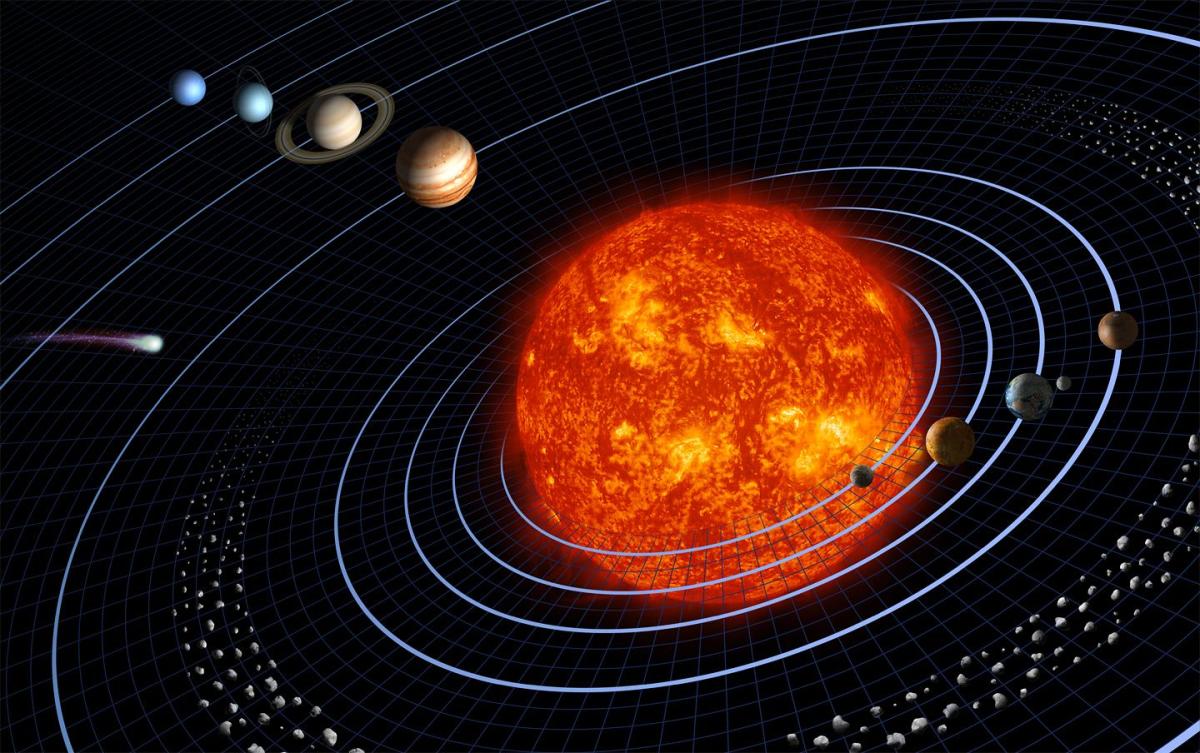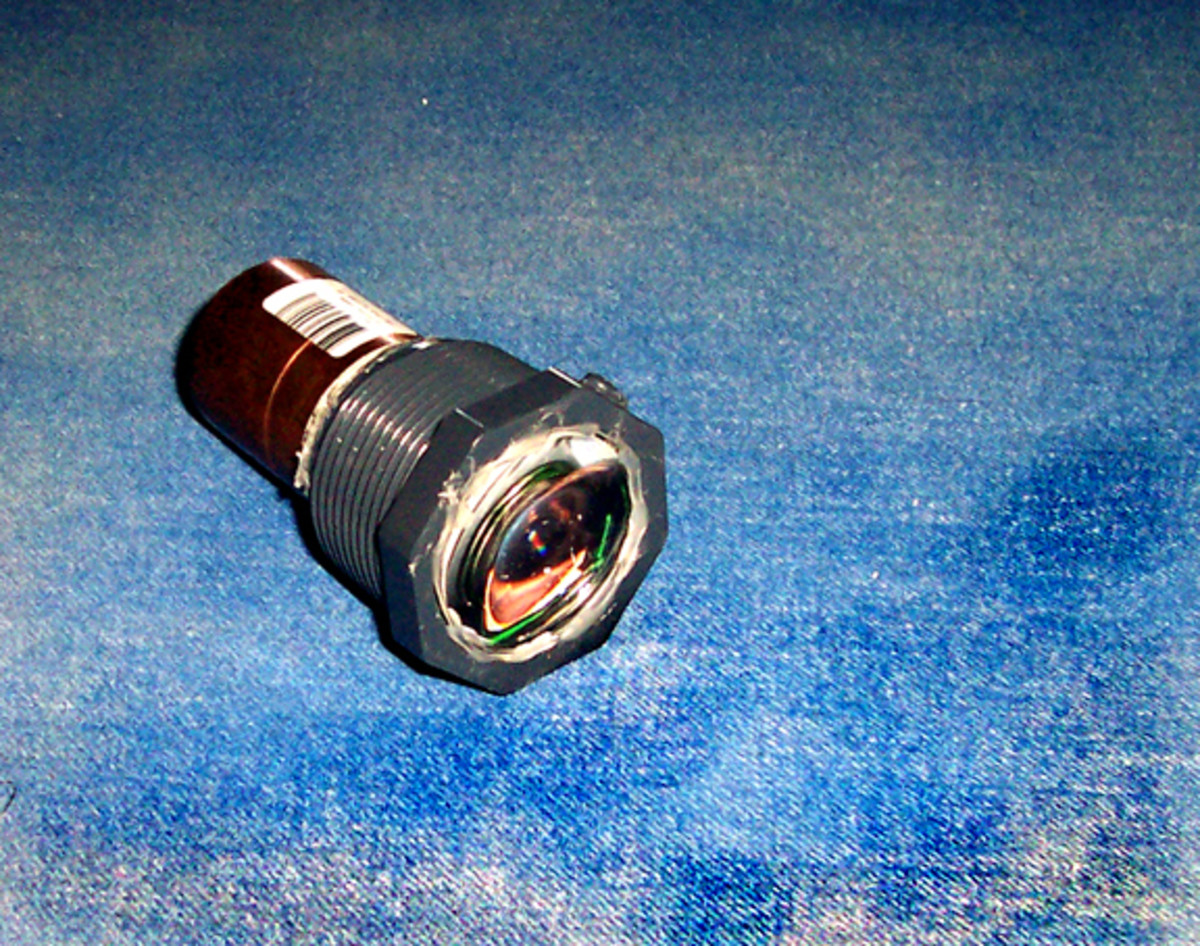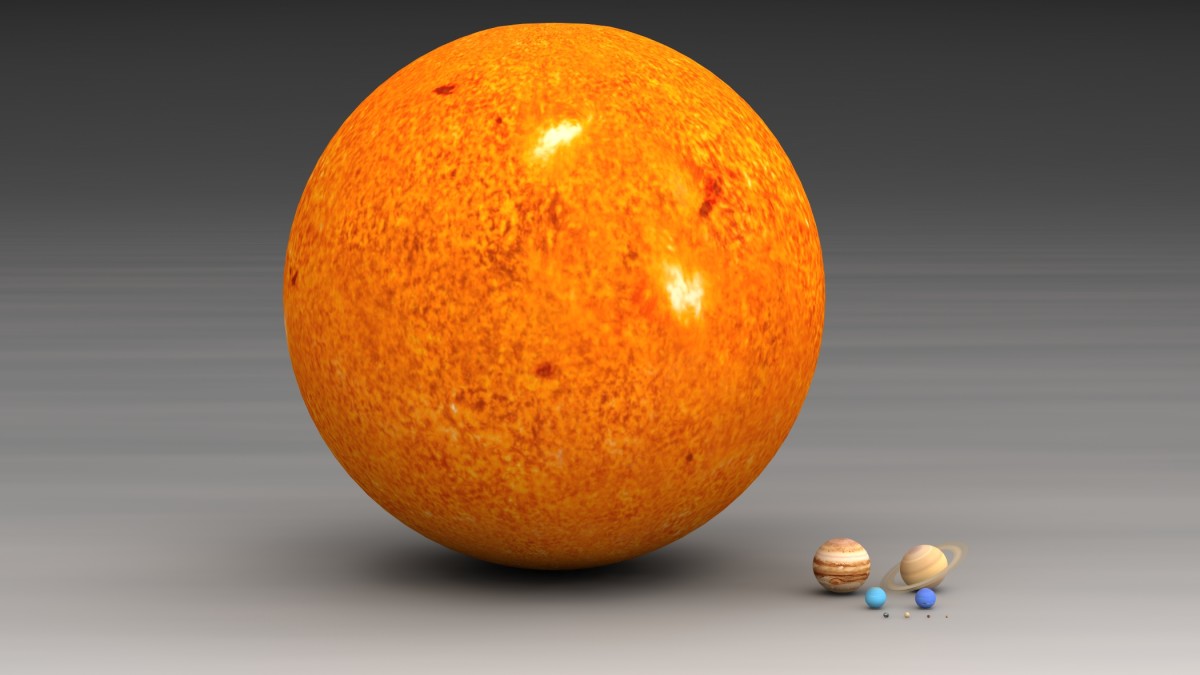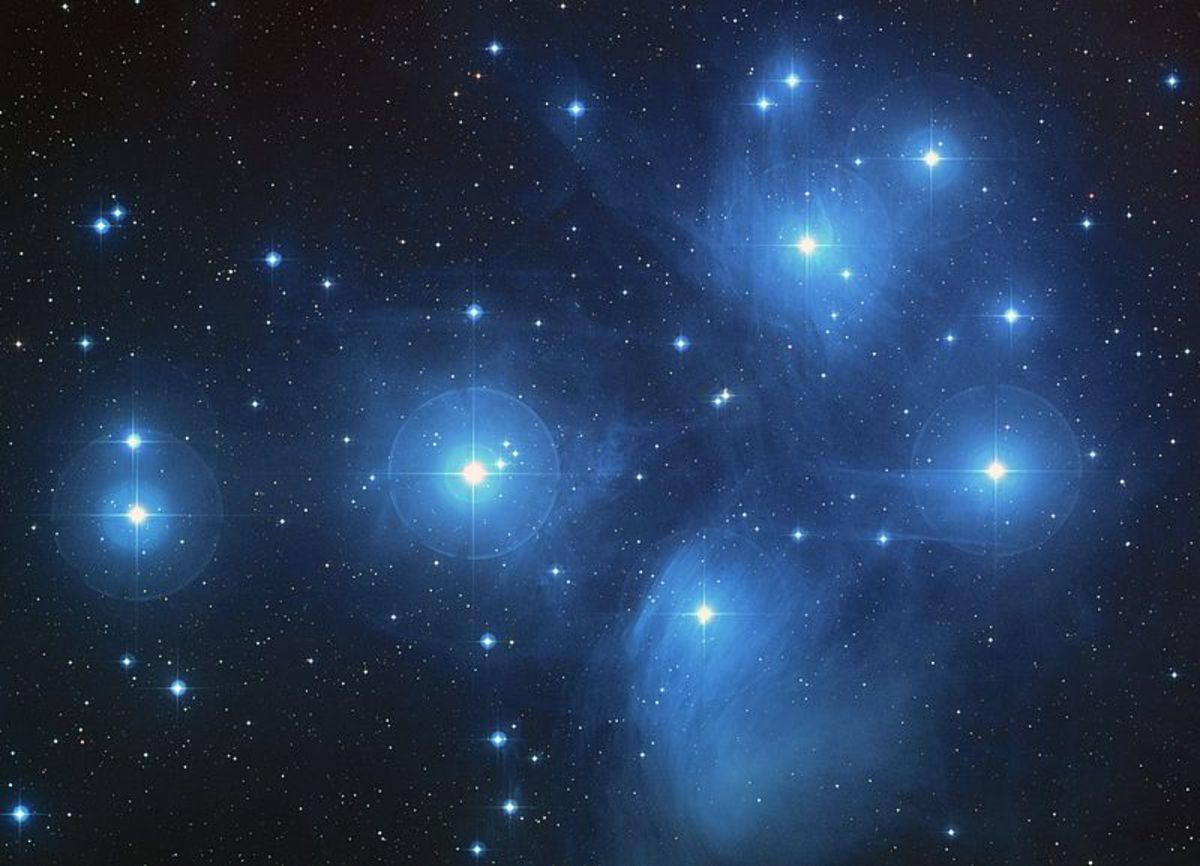Reasons to Begin the New Long Count From Dec. 22nd, 2010
Some of our information comes from here and some from actual sky events
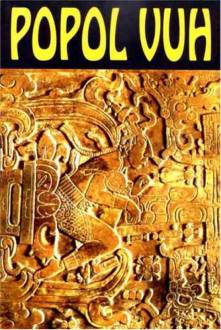
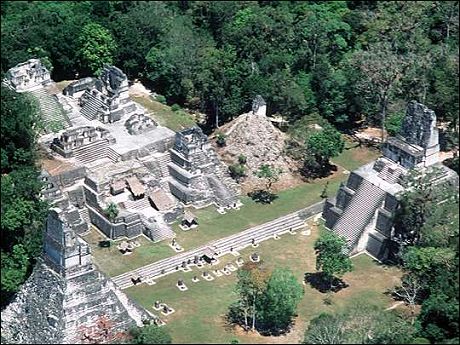
December 22nd, 2010: From Hypothesis to Theory
Let us consider for a moment, that the transition from the end of the long count to the beginning of the new long count is marked by the solstice lunar eclipse of December 21st, 2010 instead of the popular date of December 21st, 2012. For many years, even the exact 2012 date was in dispute. The reason lies in history during the invasion of the Spaniards into Aztec and Maya territories beginning in all earnest in 1519. Thereafter, the sacking and burning of almost all Aztec and Maya codecies and libraries occurred because they were viewed by missionaries as the work of the devil. Almost everything was burned with the exception of a few surviving books that were removed to Europe. Most of the temple carvings, friezes and stelae however were left intact while the people were driven into the jungles. It was too difficult to efface everything with limited manpower among the invaders while wars of conquest were going on. After this assault, the Aztecs and Maya cities were left to be gobbled up by the encroaching jungle. It remained this way until the late 19th century when the mysterious ruins were uncovered. It was only with intensive sleuthing that we were able to reconstruct their math, astronomy, calendar and stories and even now there is plenty of dispute. Linda Schele rose as an authority on the subject of Mayan society, but even here there are gaps, such as in all the particulars of the ball game. What does stand out is that early on, the counting system was already figured out and this linked to the most accurate calendar in the world.
In addition to the foregoing, the links between the Julian and Maya calendar had to be built. Part of the link was created when a Quiche shaman wrote many creation stories down in Spanish while the Julian calendar was still in effect. Add to this, the change from the Julian calendar to the Gregorian calendar in 1583 due to the fact that the Julian calendar had got out of sync with the actual seasons by ten days. Pope Gregory by an edict, enacted the new calendar despite the protest of the people who thought they had lost ten days out of their lives. This is not the end of calendars woes as the Julian demonstrates qualities of being out of sync with historical events around the time of Jesus. There is the complicated system of leap years to contend with in the Gregorian calendar system that is compensated for the the Maya counterpart. The Maya calendar is actually a system of multiple interlocking cycles, that when used together, generates the system of the long count that extends for some 5,125 years and 110 days if we take the 2012 date as the end of the long count from the popular date of Aug. 11Th, 3114 BCE. The total count in days results in a count of 1,871,975.25 days. The total is significant insofar that it takes four of these long counts to get a full day in addition. We can thus say that the last long count that gave a whole number of days was 1,871,976 days in extent. We can also say with the quarter day that the long counts would end through the four seasonal points of the year, that is, in all solstices and equinoxes.
Thus the fifth sun long count just commenced is actually the start of another series of four. That the whole thing should line up with the galactic center as well, suggests a high degree of observational sophistication coupled with mathematical prowess that rivals the very best we can do today. This takes into account the approximately 25,625 year precessional cycle reckoned by five long counts into which the Maya divided the great celestial cycle. This gives us a another clue to the complexity of their system.
The moon is an important timer and here is a moon calendar
- Foundations of Maya Cosmogony 3rd.pdf - Google Docs
"Here is the story of the beginning, when there was not one bird, not one fish, not one mountain. Here is the sky, all alone. Here is the sea, all alone. There is nothing more - no sound, no movement. Only the sky and the sea. Only Heart-of-Sky."
The Sky during the Maya "Birth of Venus"
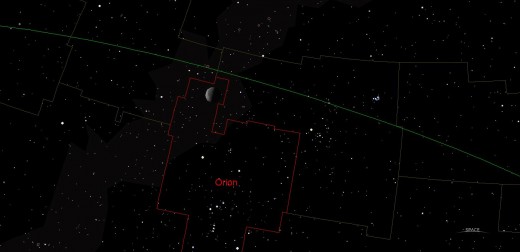
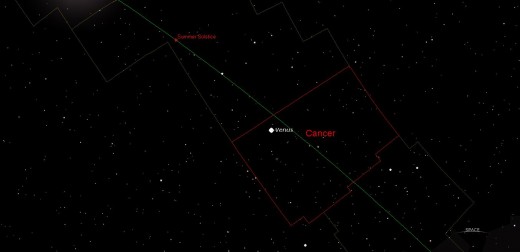
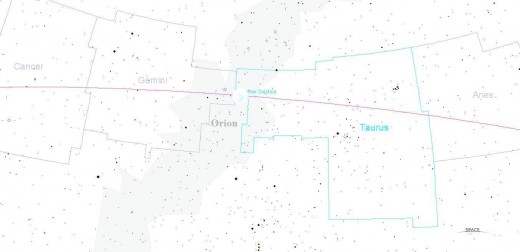
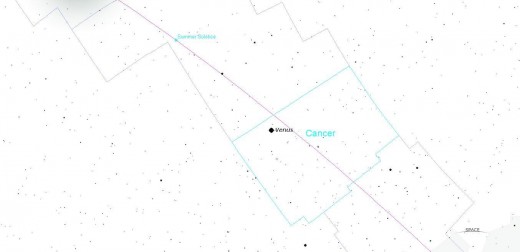
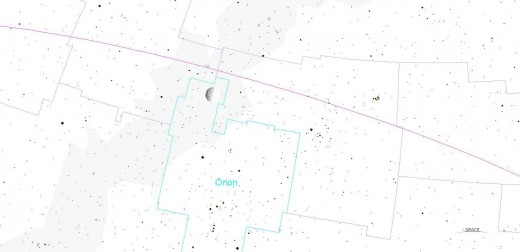
The Heart of Sky
Owing to our own calendar confusion, the date given as “the birth of Venus” under the Maya system may actually also be out by calculation using a broken and fragmented calendar system. Others, like Linda Schele, have interpreted that day to be August 11, 3114 BCE, which is August 11th, 3113 BCE astronomically owing to no year zero in our system of day and year counting. At this time, the human world was created according to the Maya creation story and “three stones” were set by the gods of the “Lying down of Sky”. Those “three stones” may well be the sun, moon and Venus. Some see this as the three stars in the belt of Orion. The three stones are recapitulated in the construction of every cooking hearth in every Mayan home. The latter point concerning Orion can be augmented with arguments from Egyptian and Christian sources. In addition, the Maya got their counting system from the Olmec, who were from Africa.
By our analysis, the true birth of Venus might instead be August 9 to in the year 3116 BCE, Which is August 9th, 3115 astronomically. Calculation with an astronomical program shows the moon in the “Heart of Sky” on August 9th, 3116 BCE with the helical rising of Venus, as the morning star, midway between the sun and moon. The reference point of the location is the Constellation of Orion where it almost intersects the ecliptic line between the zodiac signs of Gemini and Taurus. The Maya divided Orion into six constellations, some of which are the cross, the tortoise, the snake, a hut and others. It is the snake and particularly, the loop of the snake that concerns us at this juncture, as it surrounds this crucial point in the sky, where the center of the cross also lies. Thus, as the sun rose on that day, The moon would have been past the zenith and Venus would be midway between the two. Later on that day, the sun would be directly overhead just after the moon set. Consider also that the Maya calculated days starting with the setting sun and that day completed with another solar setting, somewhat akin to the account of creation Genesis where the creation days are all stated “the evening and the morning was the Xth day” for all six creation events, where X equals 1 to 6 in succession. It can be said that the date of August 9th is one of the dates because for a long time, there was dispute over the end of cycle date of December 21st to 23rd depending on who you read and when the account was written. There is dispute over the year as well, particularly in our time. Now that dispute has been settled with a directly observed sky event and back calculated ones.
Consider that the Maya were expert observational astronomers and mathematicians. What they left behind in temple complexes tells the tale where non existing libraries can no longer tell. We have been able to reconstruct much of their science through more than a century of rebuilding. We know they were sky obsessed to the point that their celestial ball game was modelled after their crucial concepts of the sun, moon and Venus. The temple complexes mark the natural seasons and the passages of the sun, moon and planets. Their numerous interlocked calendars mark out the cycle of Venus running 584 days as well as many other cycles. The short cycles consist of three main ones comprised of the Tzolk'in of 260 days, the Haab of 20 days, which comprised 18 months to make a “year” of 360 days. A 13 day sacred calendar also connected with the Haab making the 260 day cycle linked to what some think is the human gestation cycle. However, there are other considerations when we link the Maya calendar to that of the Olmec from whom they got it. There were 5 days added at the end of the 18 X 20 day year, which were considered to be unlucky days called the Wy'nel. The Maya frequently specified dates using combining the sacred, Haab and Tzolkin calendars. Dates of this form repeat only every 52 solar years. There are longer cycles that generate from the others. The Maya were able to predict eclipses with astonishing accuracy. Eclipses were important markers in natural astronomy that so obsessed the Maya astronomer priests.
The Maya sky lore differs from ours insofar as they had an all important location marking the center of their sky. That location is what we identify as the upraised arm or club of Orion in our current constellation maps. It also intersects the two main paths in the sky being the ecliptic and the galactic band or milky way. This part of Orion intersects the zodiacal plane at the Gemini and Taurus boundaries. This to the Maya was the loop of the snake and this was their cosmic center where important events occurred with the sun, moon, Venus and the other planets. This pivotal celestial place marks the location where eclipses can take place during the solstices today. The Maya foresaw this, thus telling us they knew about precession of the equinoxes and factored it in their system. This is true now, but due to something called the precession of the equinoxes, the eclipses in this part of the sky did not occur during the solstices. They would have occurred at other times of the year. Nevertheless, this does not diminish the importance of this celestial location as the Maya year differed from the celestial seasons we are familiar with. For one thing, being located near the equator, the marking of the zenith sun directly overhead sun occurred twice a year and marked important dates for them. At the time of the invention in the 3100's BCE, those dates fell in what we now identify as May and August using the tropical calculation, hence the dating of the Venus event on the later date of August 9th. This in itself took some sleuthing in order to make this claim as truth beyond hypothesis. The investigation thus far shows that the long count began on August 9th, 3116 BCE and terminated on December 21st, 2010 AD. The new long count began on the next day of December 22nd, 2010. This is now a working theory that anyone can verify independently.
Today we can say with certainty that the solstice lunar eclipse occurred right in the Mayan cosmic center located at the point where Orion almost intersects the ecliptic. It was a rare, world wide watched event, doubly confirmed. There was also a stellium of planets that would have certainly perked the notice of the Maya if they were still in their glory. This complex planetary alignment has certainly perked the interest of astronomers and astrologers alike during 2009 and 2010 when it was active. Certain aspects continue well into 2011 as outer planets are involved. It is unknown if the Maya knew about trans Saturn planets such as Uranus and Neptune. To have a winter solstice lunar eclipse in this crucial Mayan sky position, is certainly significant. Consider that eclipses near the same time of year are forced by the very nature of celestial cycles to be 18.6 years apart due to the nodal cycle. A full moon on the other hand, will always land there once every 19 years according to the Metonic cycle. When the two cycles merge, then the solstice eclipse occurs in Orion. This is a rare event occurring only once every three and a half centuries. This makes the recent eclipse of the moon in the Orion position of the Heart of Sky a special marker. That is occurs during a time of a major stellium of outer planets that is equally rare, makes even more special. Astrologers claim that events that unfold during such times will have long standing impact. Thus, the date December 21st, 2010 may be the actual end of the old long count and the 22nd is the beginning of the new long count.
The final piece of the argument comes from the quarter of the so called galactic alignment of the solstice sun to the galactic center. Though we are told that it aligns on 2012, it also aligns on 2010 and in other years, varying from each other by less than one arc minute by averaging. Consider also that the solstice from year to year will wander a day or two due to the influence of Jupiter and Venus in particular and where they are positioned in relation to the earth and sun. It does not always occur exactly on the 21st, but this is an averaged figure that we use for convenience. True solstices and equinoxes follow the natural cycles of the heavens and they can be tracked with the right equipment or a good ephemeris. Given the facts, the actual long count change occurred on December 21st, 2010, when the eclipsed moon was seen in the the position that the Maya considered to be the most important. Welcome to the new age!
As in days of old, events that occurred to the Aztecs on November 1519 ended in their demise two years later, we may yet see in part, what 2012 holds for our world society as an outgrowth of important celestial events. If some say this is hogwash, they should look to the skies and to the tides to see what the forces of nature can accomplish. Another important celestial marker on the path and cycles of time, is seen during the full moon of Sept. 23rd, 2011 discussed elsewhere. We are also a part of nature and we haven't been doing ourselves many favors lately.
Time lapse of the 2010 solstice lunar eclipse
Other resources on the Maya


